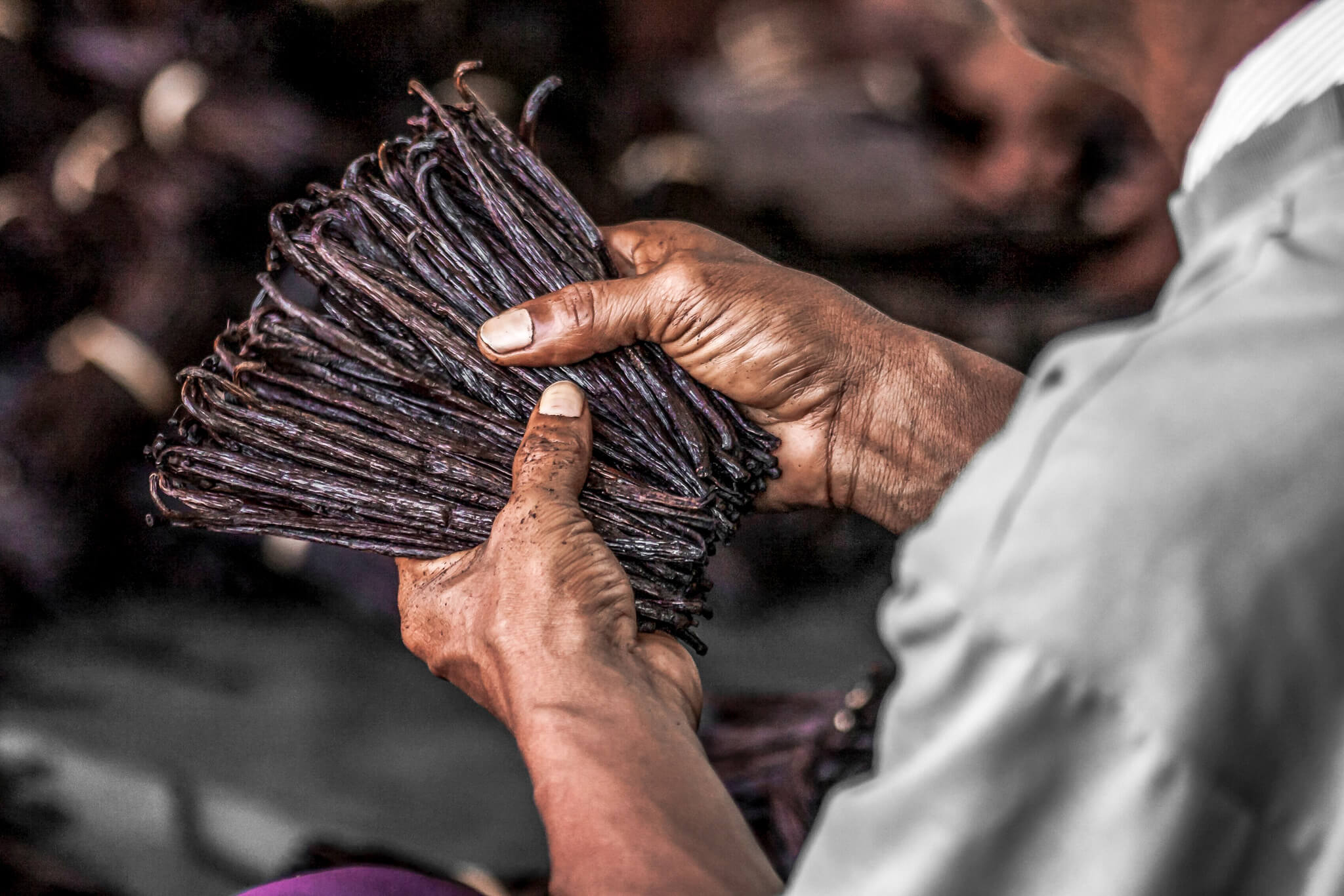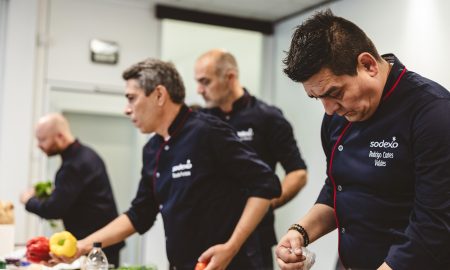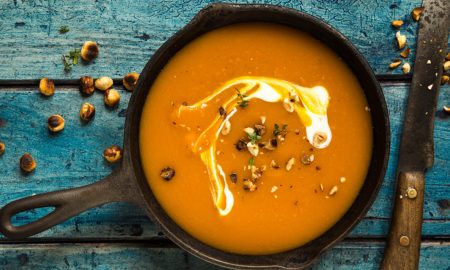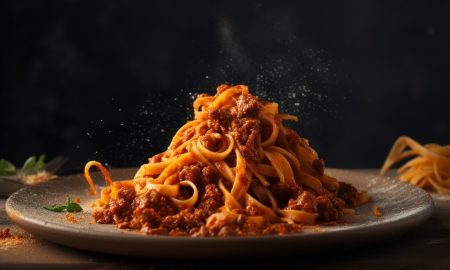Blessings and curses on the eighth continent
For most of us, Madagascar is first and foremost the story of Alex, Marty and Melman. In the cult 2005 animated film, New York zoo animals discover the wilds of this tropical island nation far, far away from their home for the first time. Breathtaking nature, exotic creatures and lots of adventures – that’s what they found on this wondrous “eighth continent,” as Madagascar is also called because of its unique microclimate. Surprisingly, it’s not all that different in reality – just a bit crueler. That is especially true when it comes to one of the largest industries on this island in the Indian Ocean: vanilla production. Vanilla blossoms are essential for the manual pollenation process. With its stunning landscape and tropical climate, Madagascar is considered a vanilla paradise the world over.
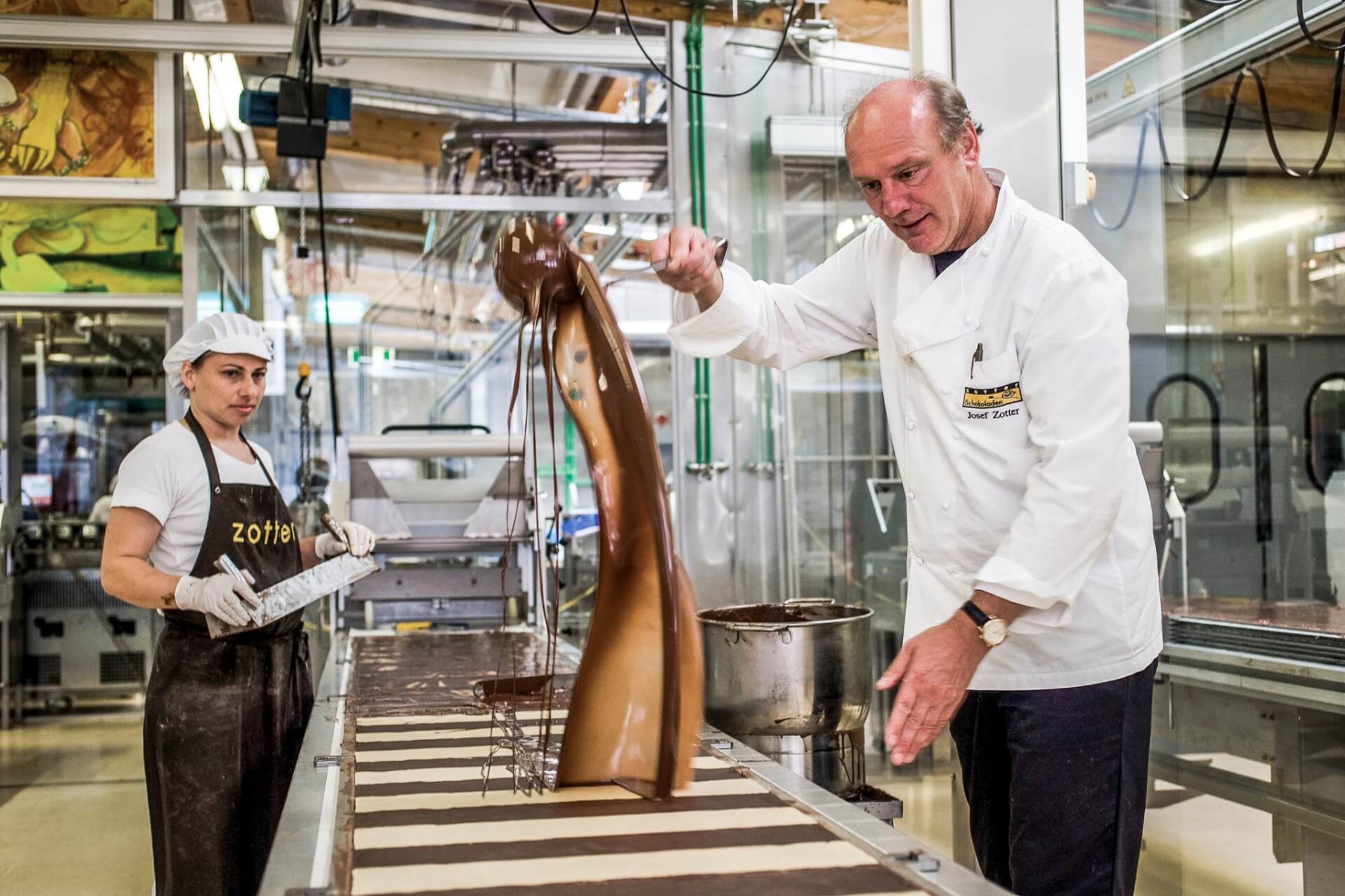
Image: Zotter Schokolade
“It’s thanks to this climate that Madagascar is undoubtedly the most famous vanilla-producing country,” says one person who should know: Josef Zotter, the founder of a chocolate factory that opened in Riegersburg, southeast Styria in 1999. Zotter has established himself as one of the most distinguished of his guild thanks not only to his unique chocolate creations, but also his fair-trade raw materials.
Since Madagascar is also considered a cocoa bean paradise, Josef Zotter know this beautiful and productive corner of the world in a way only a handful of Austrians do. Among Europeans, he is probably only rivaled by a few French retirees spending their twilight years in this former colony.
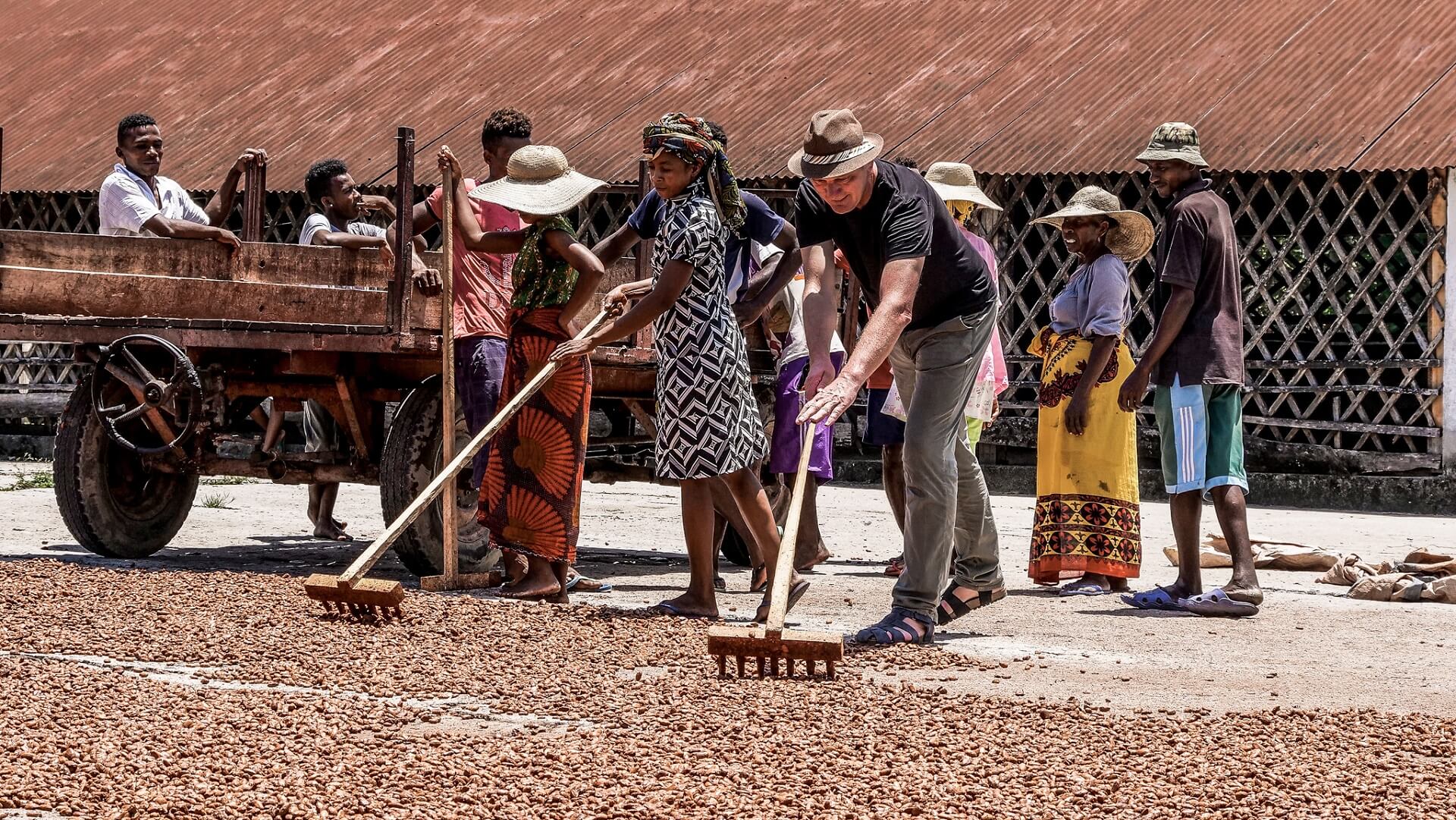
Image: Zotter Schokolade
However, unlike them, Zotter digs a little deeper. In the process, he has experienced firsthand the terrifying, almost anachronistic abuses surrounding the vanilla industry. Why exactly is there so much amiss when it comes to producing these sweet beans? How much blood stains this oh-so savory vanilla flavor? And how does all this translate in terms of taste?
The ingenious slave
First thing’s first, on Madagascar they grow vanilla “spice,” which is also known as real vanilla or Bourbon vanilla. Named after the French royal family Bourbon, Île de Bourbon, located just a few miles southwest of Madagascar has in fact been called Île de la Réunion since the middle of the 19th century. However, the proud plant has retained its name.
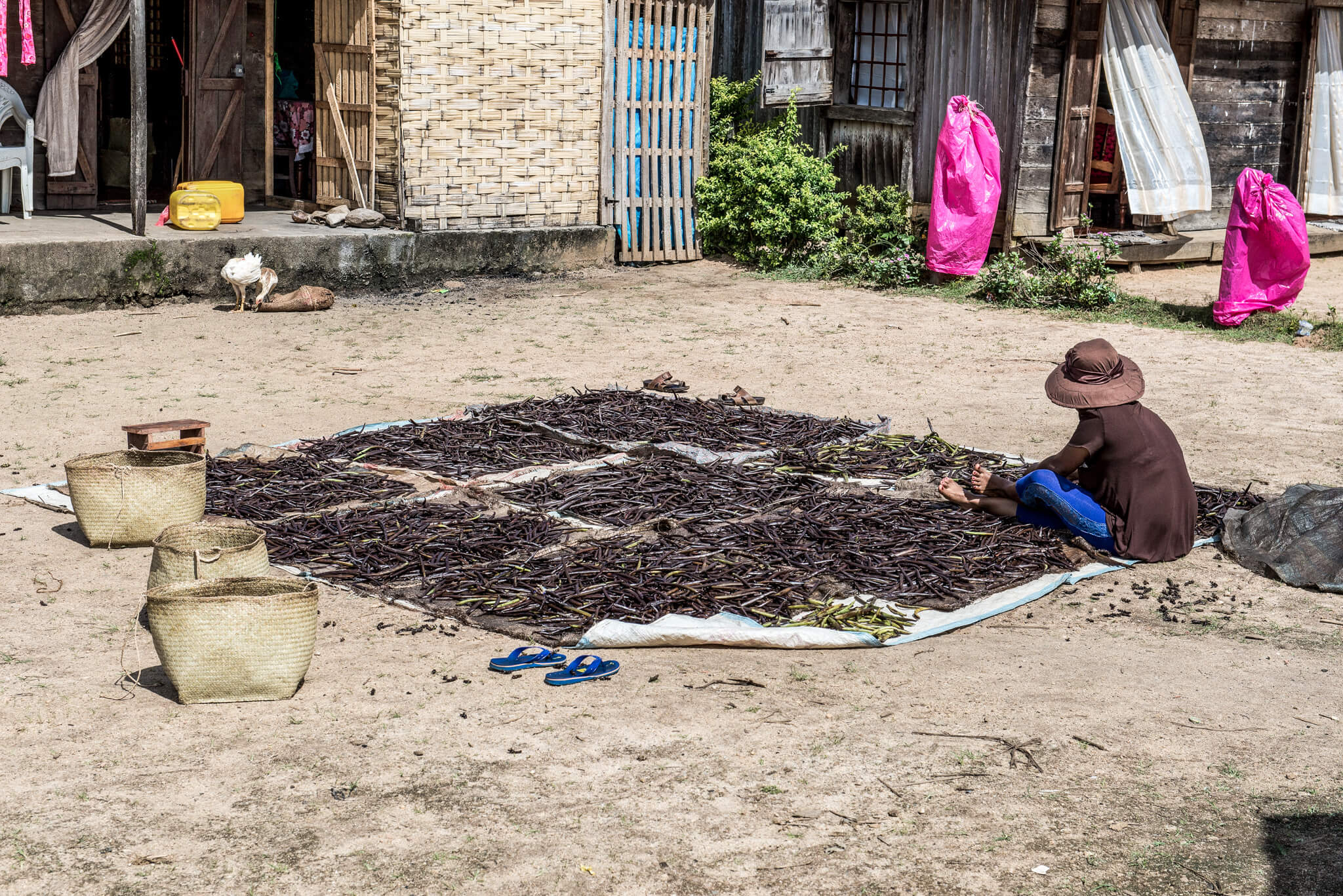
Image: AdobeStock | kriss75
This is due in no small part to the pioneering achievement of a twelve-year-old slave who brought about an agricultural revolution there in 1841. Indeed, it is thanks to Edmond Albius that vanilla is even cultivated outside its country of origin, Mexico. Simply put, the reason today’s Mexico was blessed with a natural vanilla monopoly that lasted for centuries was because only native species of bees and hummingbirds could pollinate the vanilla plant.
Without them, widespread cultivation elsewhere proved impossible. However, Albius invented a new method of pollination in La Réunion by lifting the flap between the anther and the stigma with a thin stick or a sturdy blade of grass before stroking the anther pollen over the stigma with his thumb. Thanks to Albius’ pioneering dexterity, the Mexicans literally lost their grip on their vanilla monopoly, while on La Réunion and eventually Madagascar, vanilla production rose to several tons within a few years.
Sieh dir diesen Beitrag auf Instagram an
Currently, Bourbon vanilla accounts for over 90 percent of global vanilla production. Of this number, a whopping 80 percent is cultivated and processed on Madagascar, where the vanilla plant is still pollinated by hand today. But with the prosperity – due in no small part to vanilla – the problems also started.
More thieves than farmers
“A vanilla bean is not just a vanilla bean,” explains Zotter. Vanilla from Uganda, for example, is less intense and has what Zotter calls a “lower vanilla content”. “You can measure this accurately and use it to calculate prices per kilo.” Madagascan vanilla used to cost up to 700 euros; today the price per kilo is around 400 euros. Vanilla is the most expensive spice in the world after saffron.
Sieh dir diesen Beitrag auf Instagram an
The fact that Madagascar has the richest and most intense vanilla due to the terroir and is also a relatively poor country means that bloody battles are fought over this valuable raw material.
“It’s terrible,” Zotter recalls. “There’s an armed vanilla farmer looming around the plantation every few feet. You can’t see him, but you know he’s there. He’s tired, worn out, and he doesn’t hesitate long before using his gun. We barely dare to touch the plants, because a rifle shoots faster than we can ask a question. It makes no difference whether you’re white or black, any rustling noise or step could be fatal – even for us.”
In general: The more devastating the weather is for harvesting, the more blood-thirsty the events in the fields will be. As a result, there are sometime more vanilla thieves than vanilla farmers on Madagascar. Official figures on vanilla deaths – which, incidentally, include farmers shot by thieves – do not exist.
Sieh dir diesen Beitrag auf Instagram an
According to Josef Zotter, over the years it the number has been “higher than drug-related deaths.” Newspapers such as the Guardian, have reported on executions carried out in the market square with machetes, while others have covered lynchings. In short, vigilante justice prevails in the vanilla business because the police cannot be trusted in this matter either. So how does a buyer like Zotter approach procurement in the midst of this blood-thirsty agricultural anarchy? And can the Bourbon quality actually deliver what it promises under such circumstances?
Sieh dir diesen Beitrag auf Instagram an
Blood you don’t taste
“Vanilla is cultivated in Madagascar like tomatoes are in our latitudes,” explains Zotter. “This means that the vanilla plants or fields are always close to the house – where they also can be guarded.” On the one hand, the crux is the time of harvest. The plant has to be ripe, and it is nearly impossible for it to become overripe. As a rule, the harvest period begins in July.
Vanilla is usually stolen when it is still unripe, which is why farmers sit on pins and needles – with or without a gun – until harvest time. Most of them then take their harvest to what are called fermentation centers, some of which are operated by the Vanilla cooperative Mananara. This cooperative is certified organic and fair trade and processes the vanilla of over 600 vanilla farmers from more than 70 villages.
Sieh dir diesen Beitrag auf Instagram an
“This vanilla fermentation and drying process is very involved; in fact, that’s where most of the work takes place,” explains Zotter. Of course, there are farmers who process their vanilla themselves. However, a major customer like Josef Zotter needs qualitative standards and quantitative reliability. “After the farmers have harvested the vanilla, they bring the green pods to the center. At this point, Mananara checks to make sure nothing is rotting, so there’s a kind of initial quality control.”
Sieh dir diesen Beitrag auf Instagram an
An unfermented vanilla bean is typically around 12 inches in length and tastes grassy and bitter. The typical vanilla flavor, vanillin, is only created through fermentation. First, the green pods are blanched, either by treating them with hot steam or by immersing them in hot water.
They are then fermented warm and moist for around a month, usually in rice bags. During this stage, the pods, which were originally green, turn reddish-brown and shrivel up into an oily stick. The aroma emerges in the course of two to three months during the subsequent drying process. “During this process, the pods have to be continually turned over,” explains Zotter.
Incidentally, at Mananara, 20 employees are responsible for the entire processing. “They make sure that the temperature is right, and that no insects damage the goods.” Needless to say, each producer keeps their exact fermentation process to themselves; however, in the final step, the pods are continually placed in full sun and shade, and are sometimes wrapped in parchment paper for this purpose.
The process can also take up to three months. This gradually turns the pods black – and now they also reveal their fully developed, unmistakable sweet aroma. Special mills grind the pods – another complex process – so that customers like Zotter receive their product dried, ground and vacuum-packed.
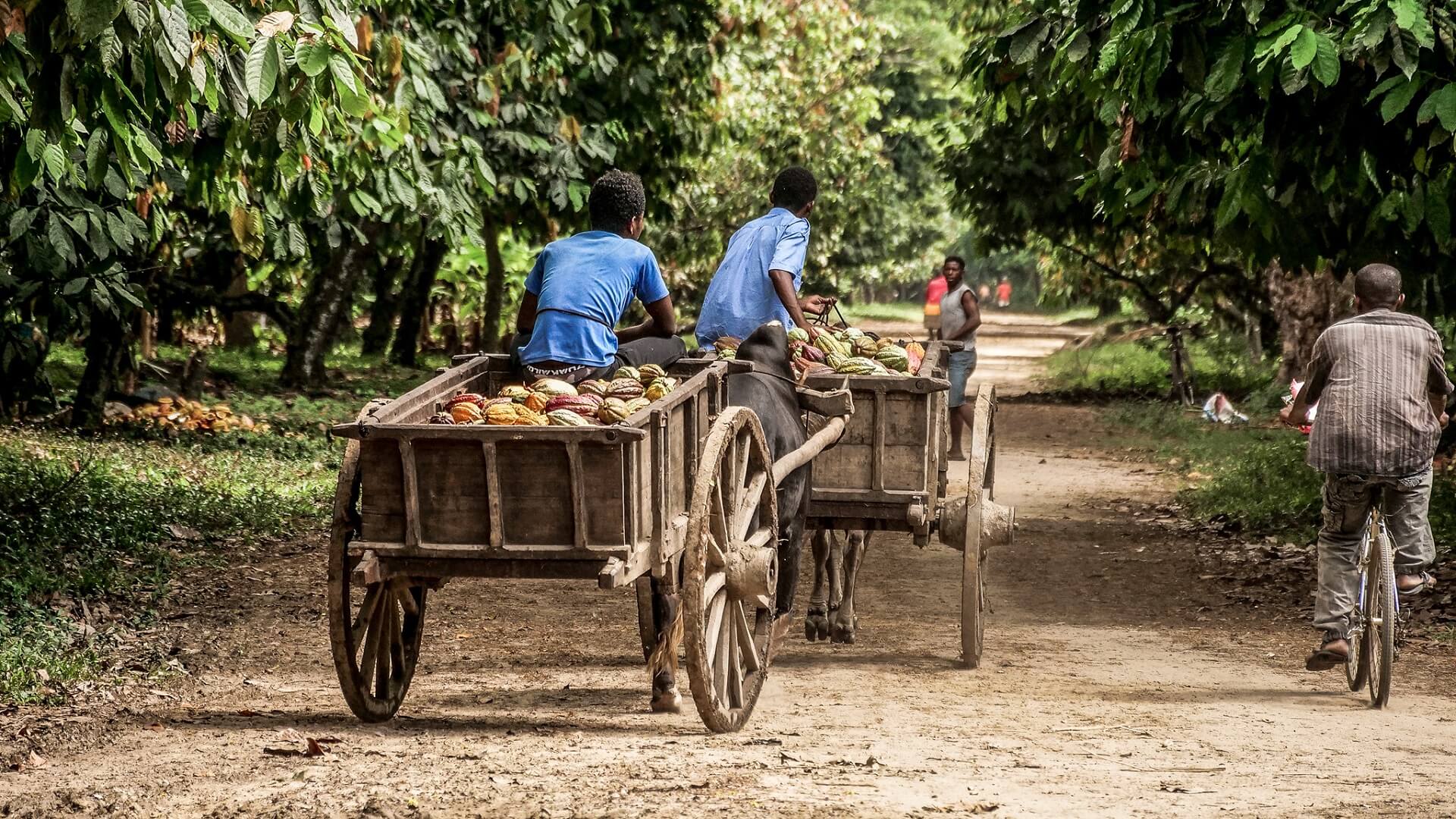
Image: Zotter Schokolade
“Of course, this kind of business, where a product costs 400 euros per kilo, opens the door to all kinds of tricks,” as the chocolatier knows. Although Mananara is reliable, it is not unusual for certain producers to skimp on the product. “We have our own laboratory in-house, where we check each delivery for its vanilla content,” Zotter assures us. The blood that stains the vanilla beans, on the other hand, doesn’t taste good.
Madagascar’s vanilla production therefore illustrates the limits of fair trade like no other product. In other words, fair trade most definitely does not mean peacfully produced.


